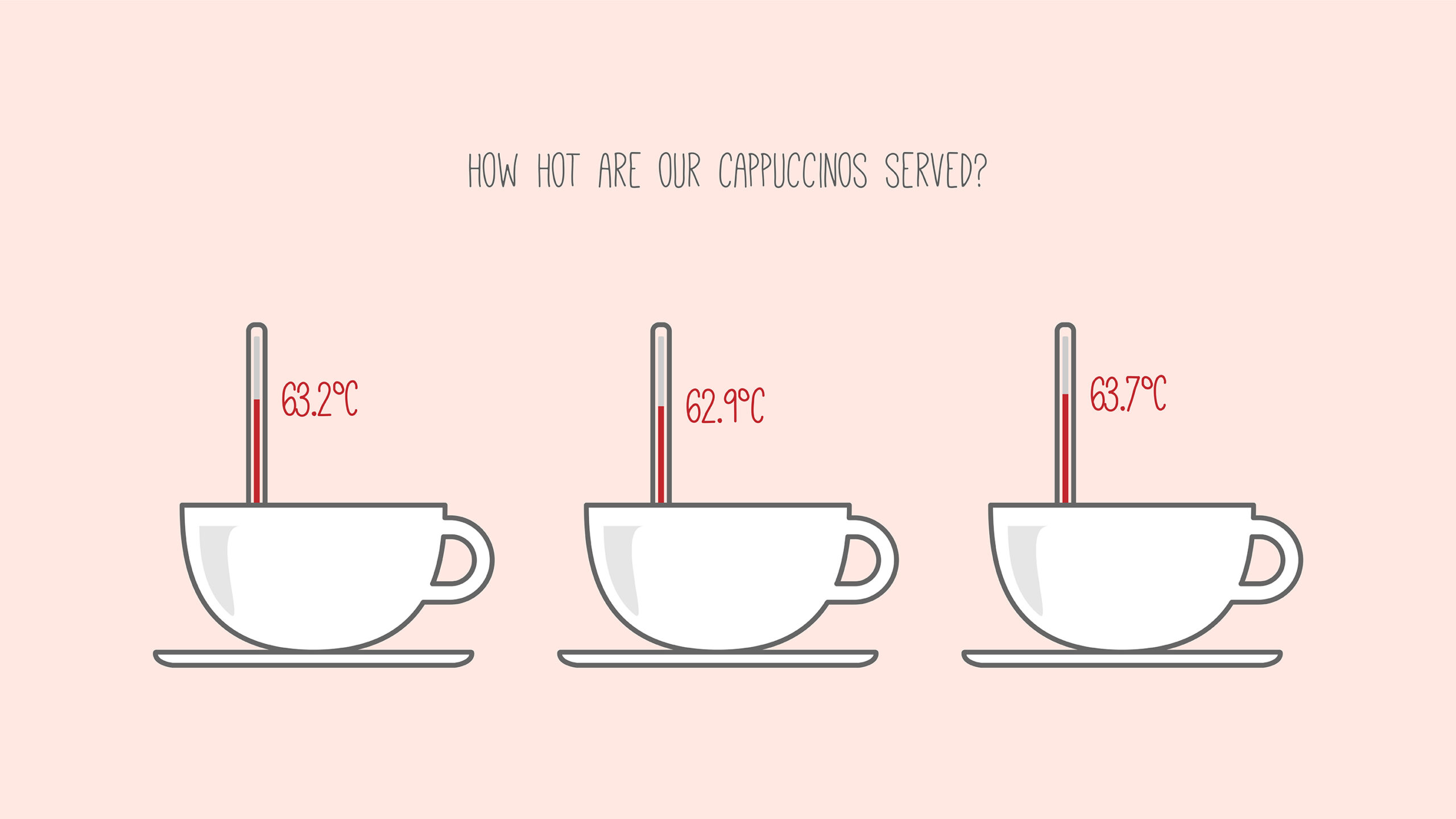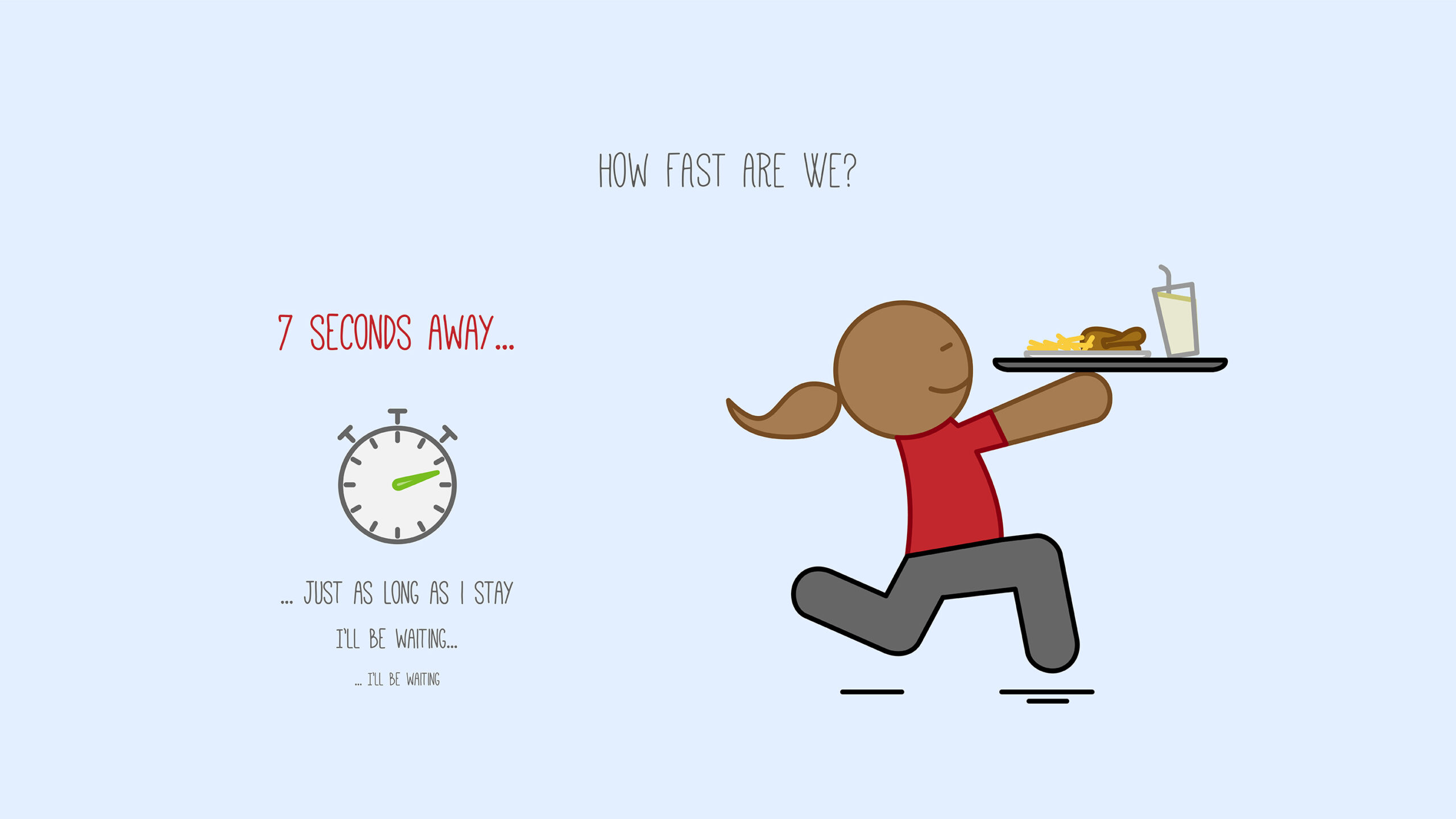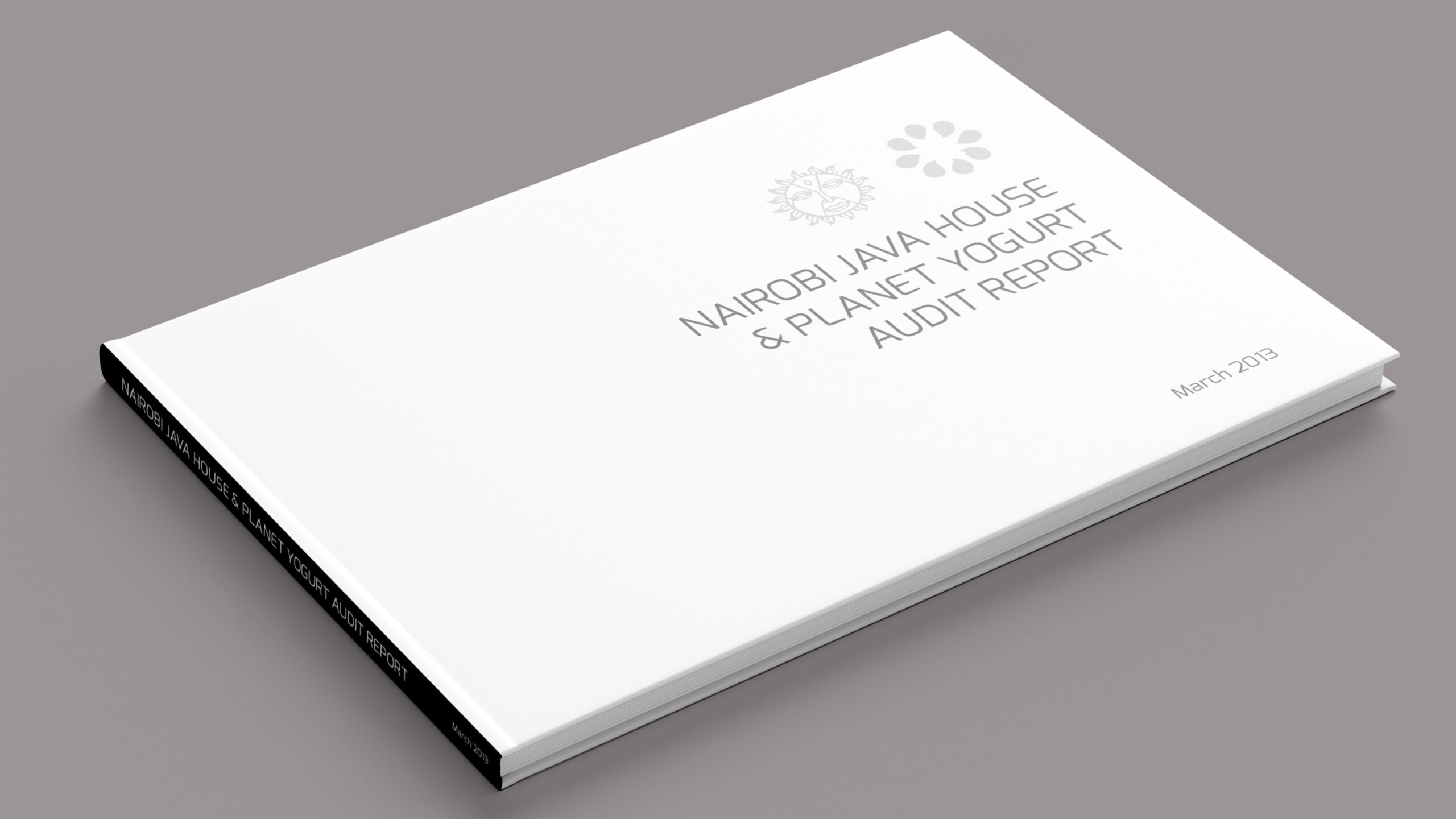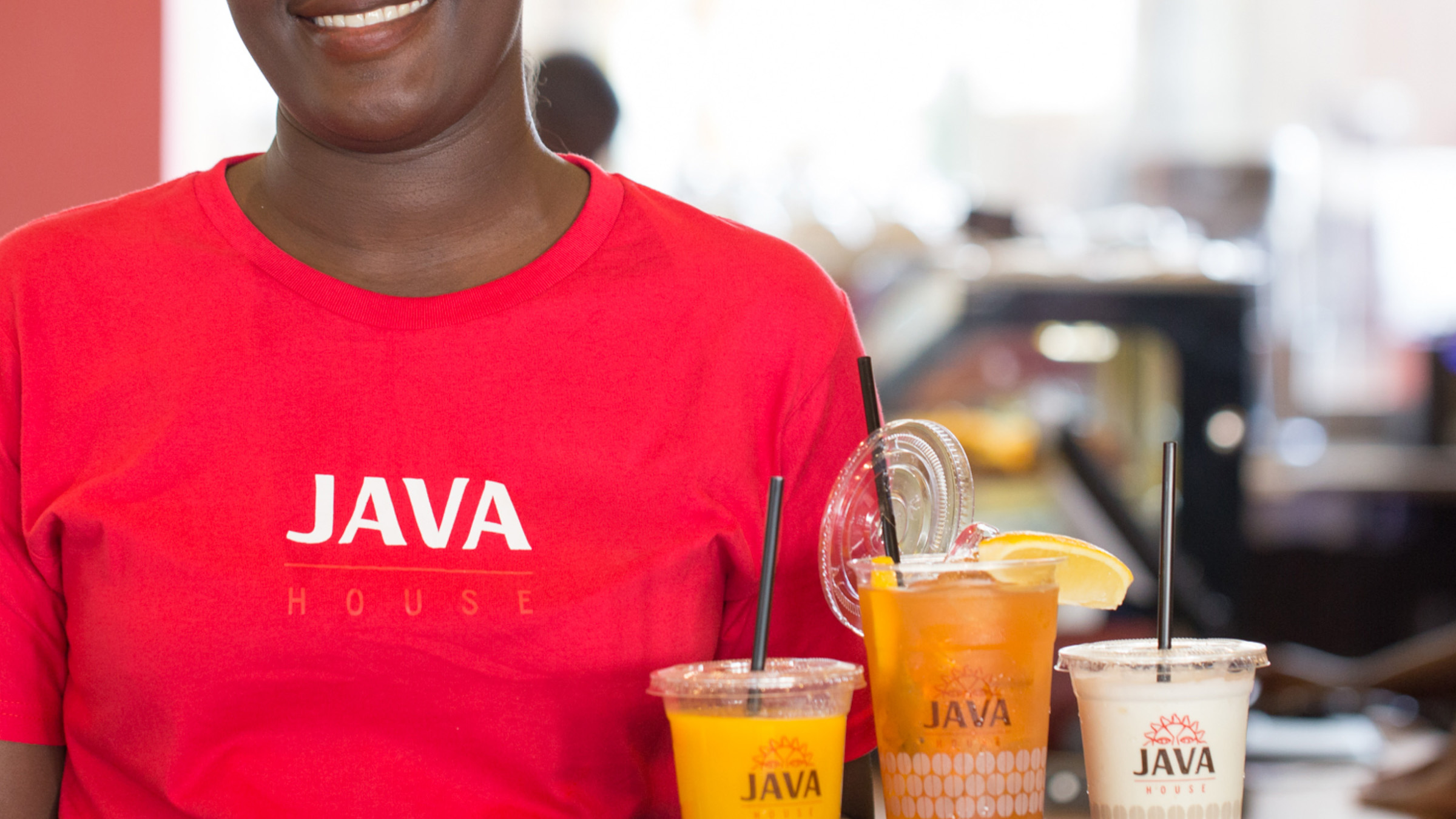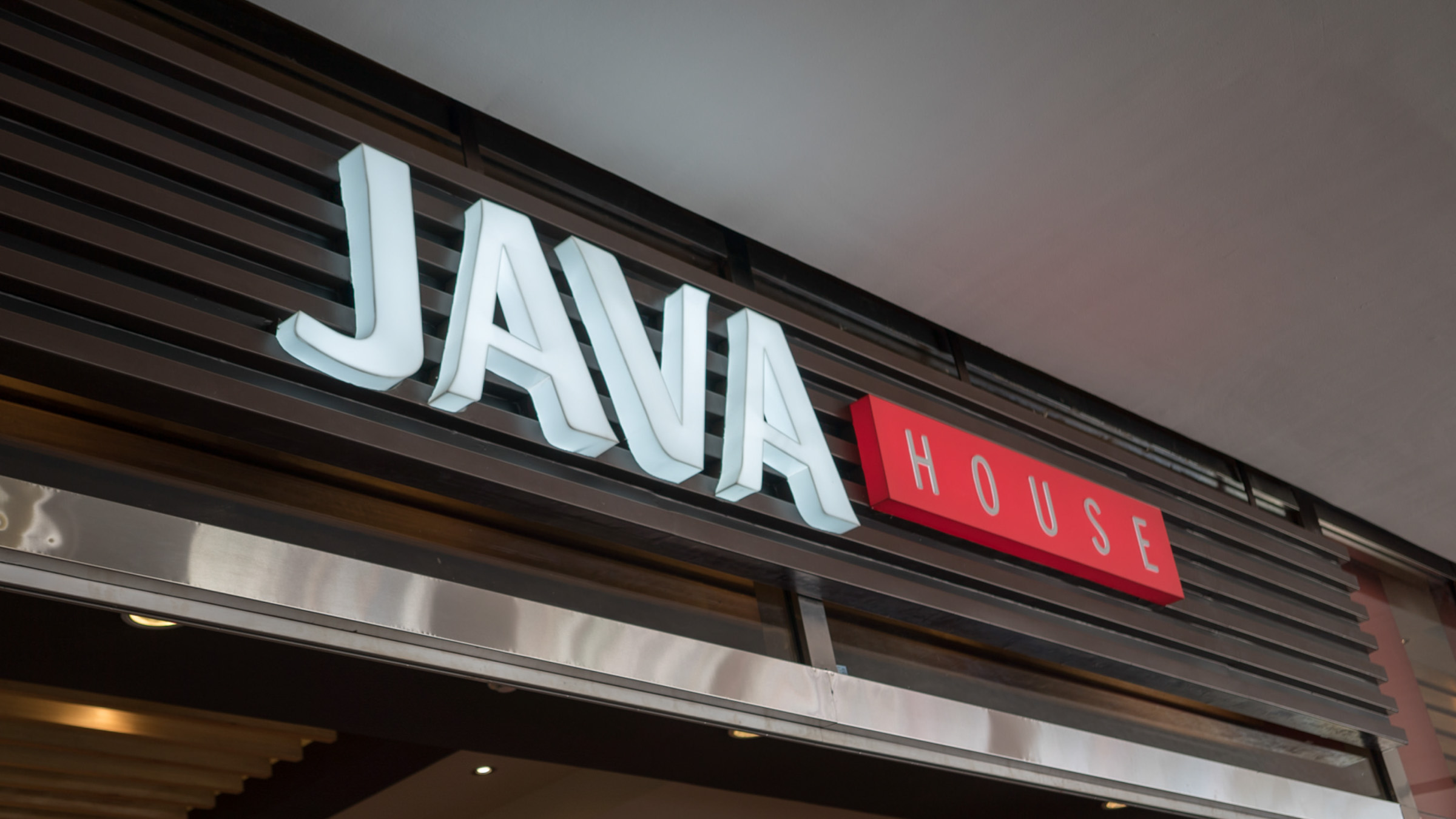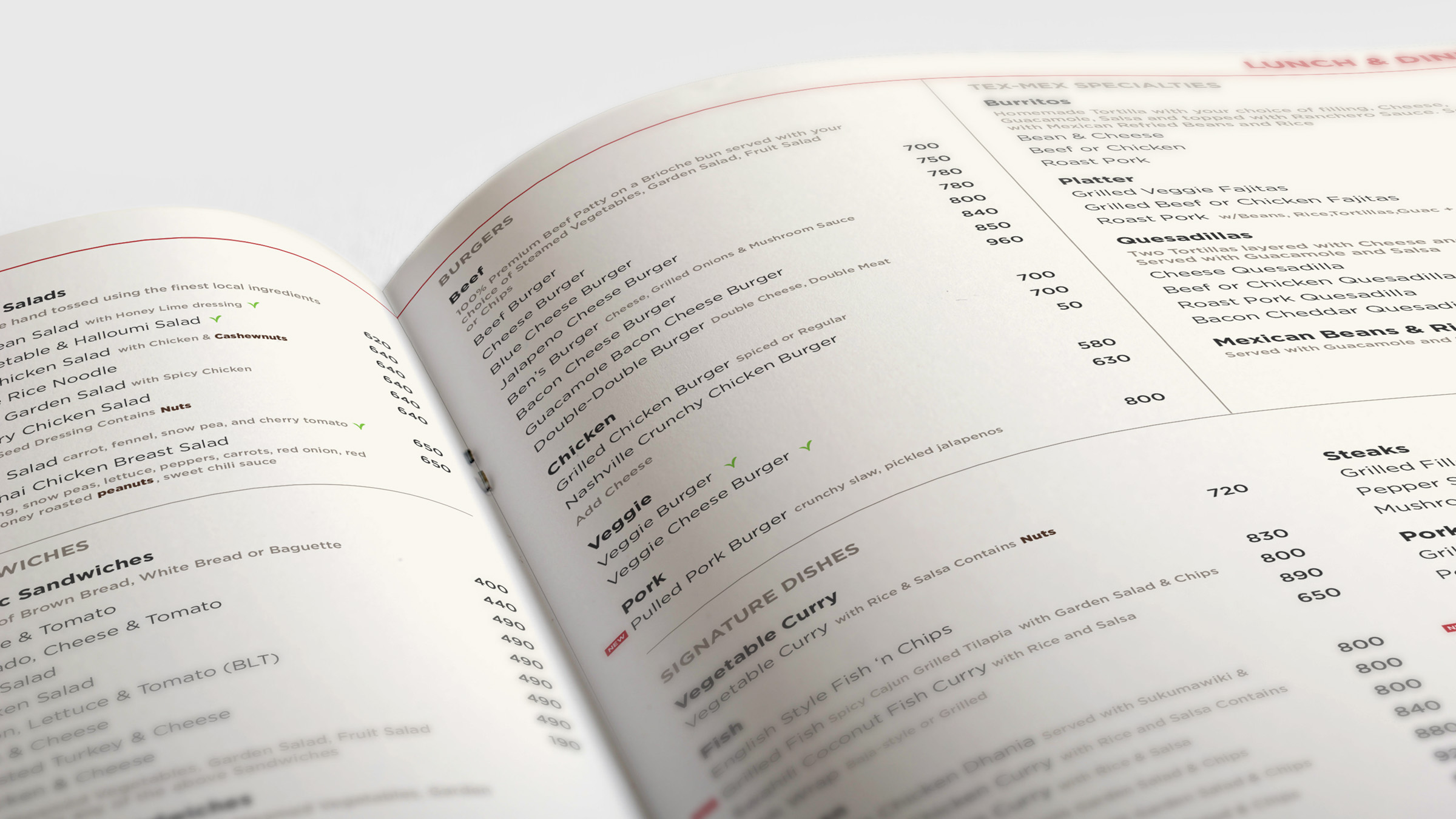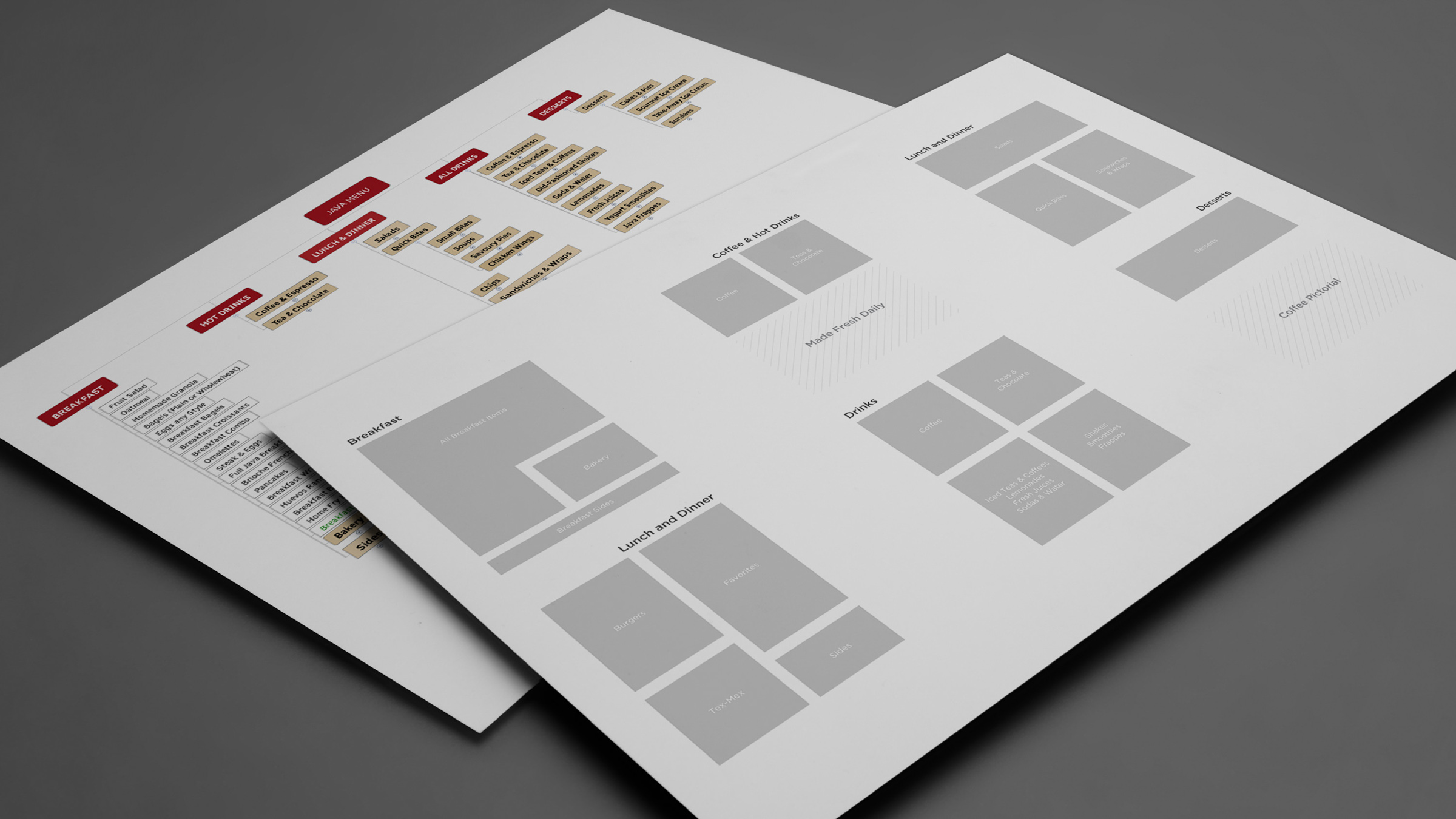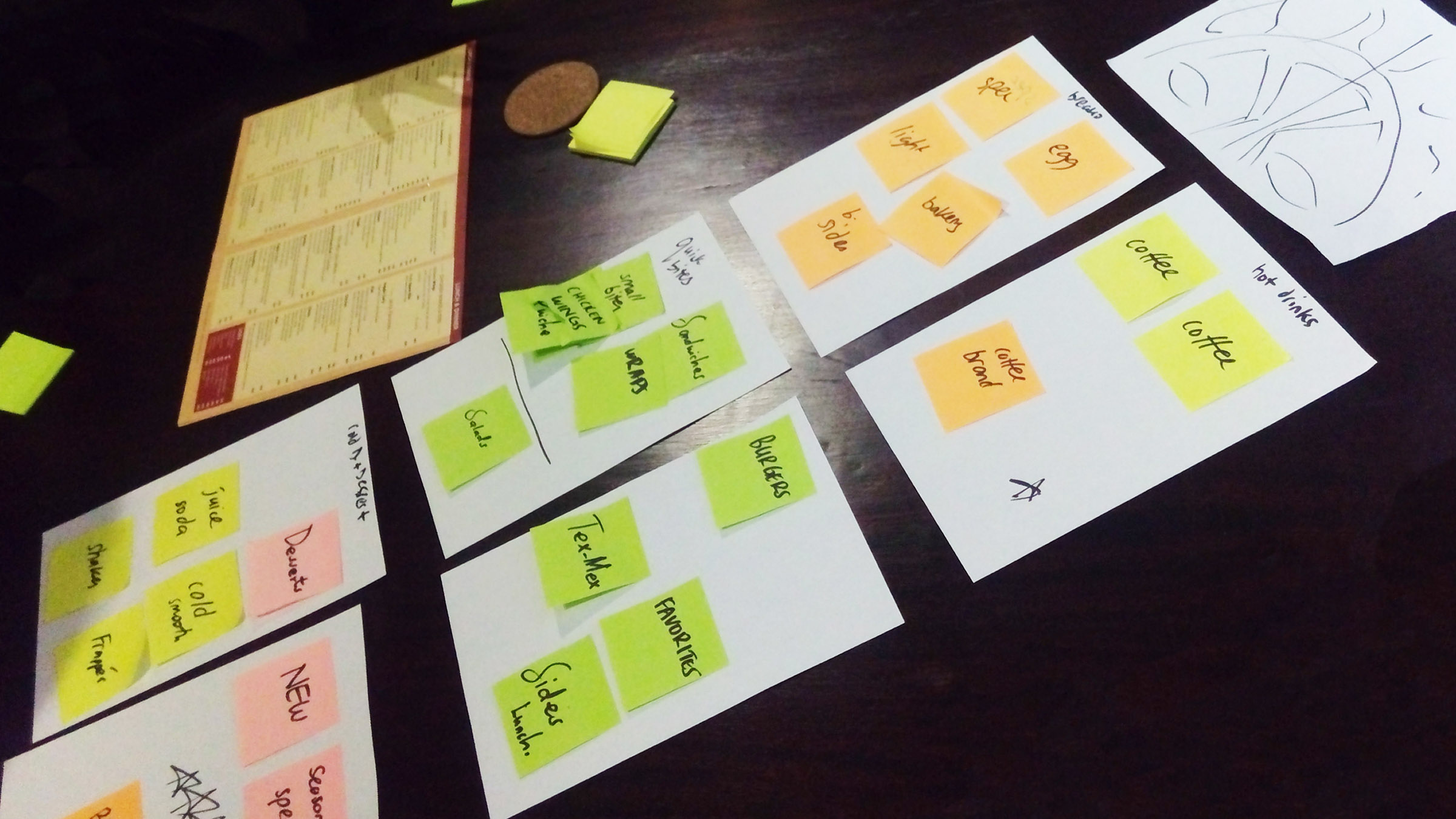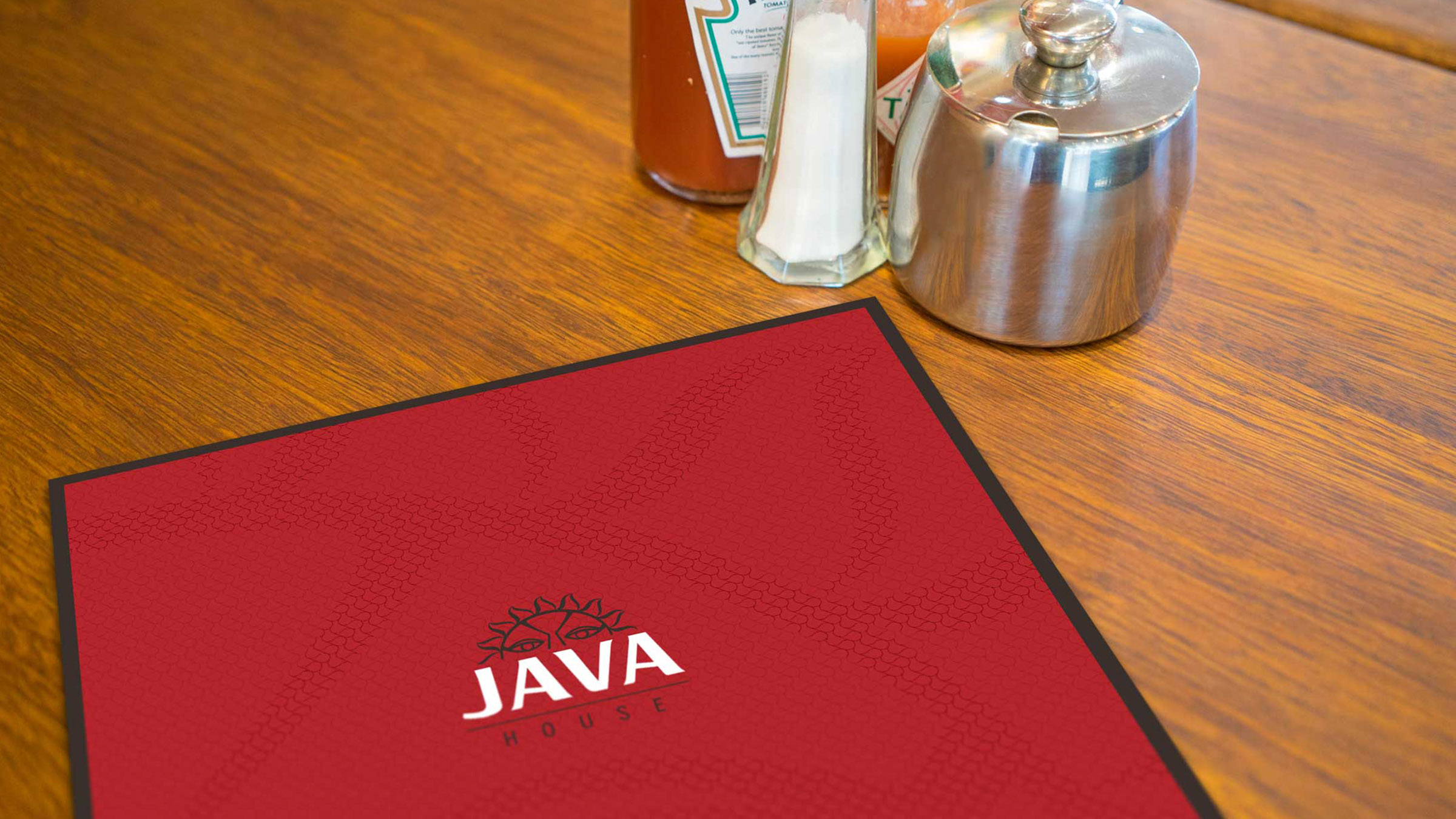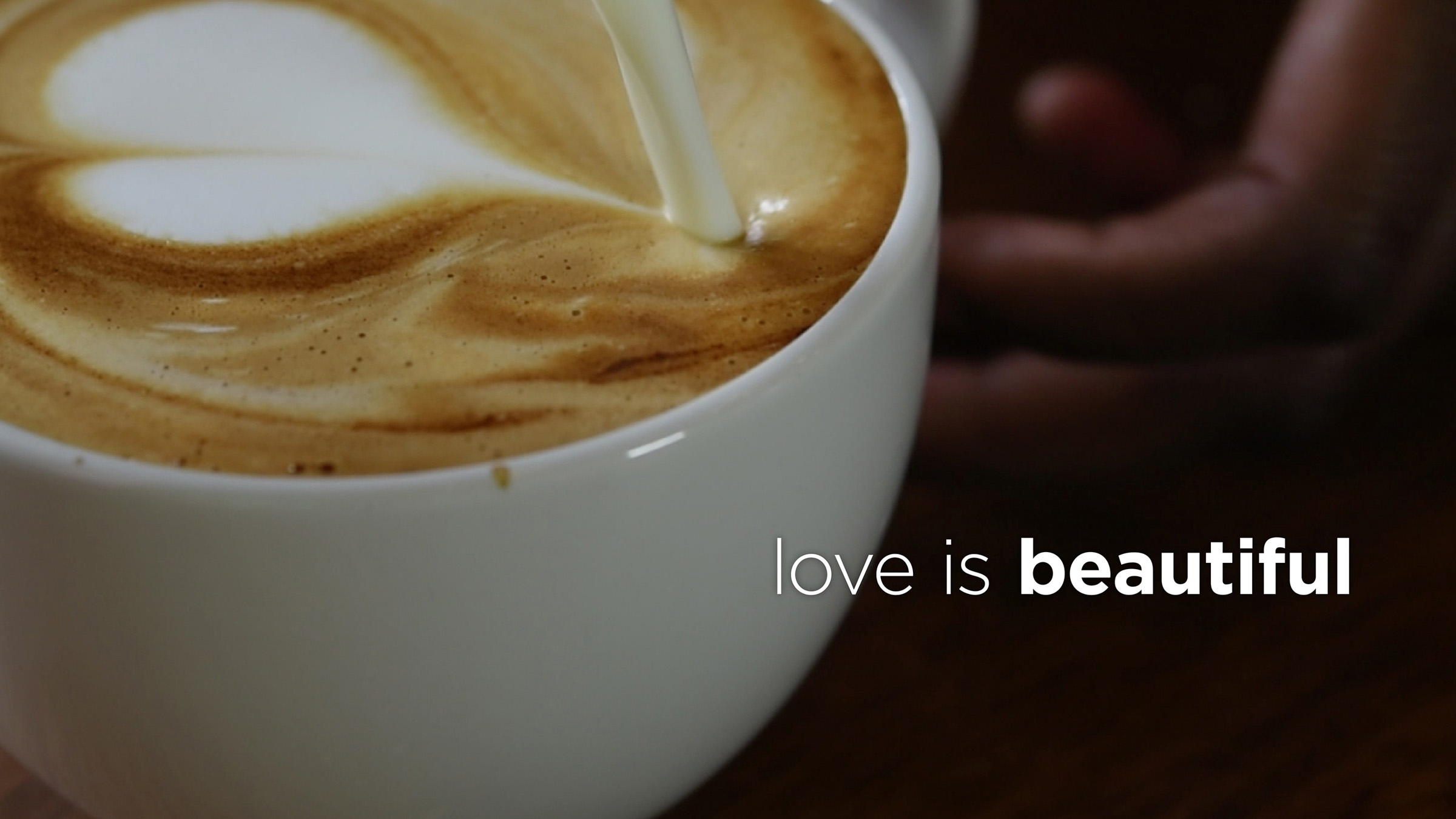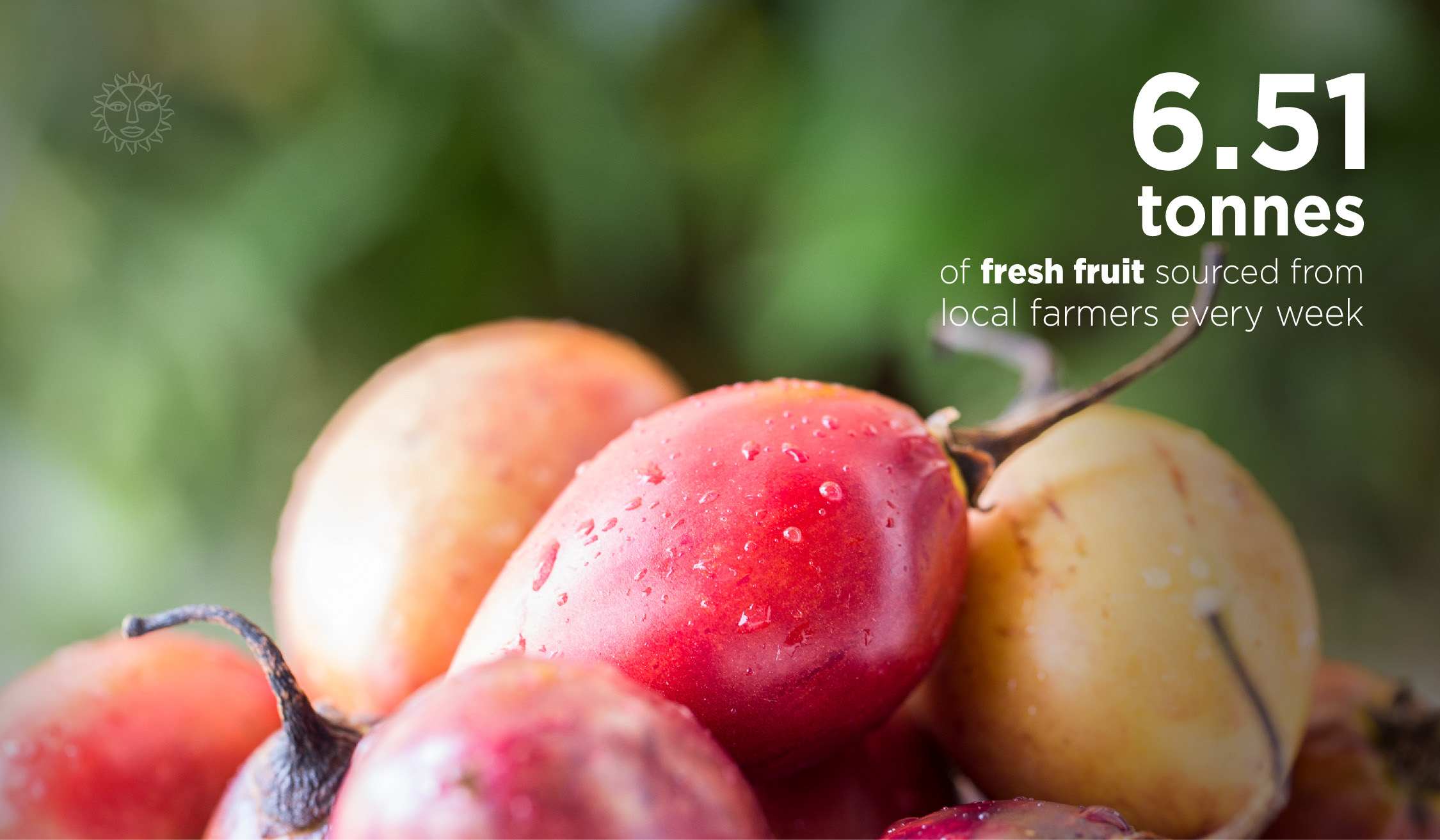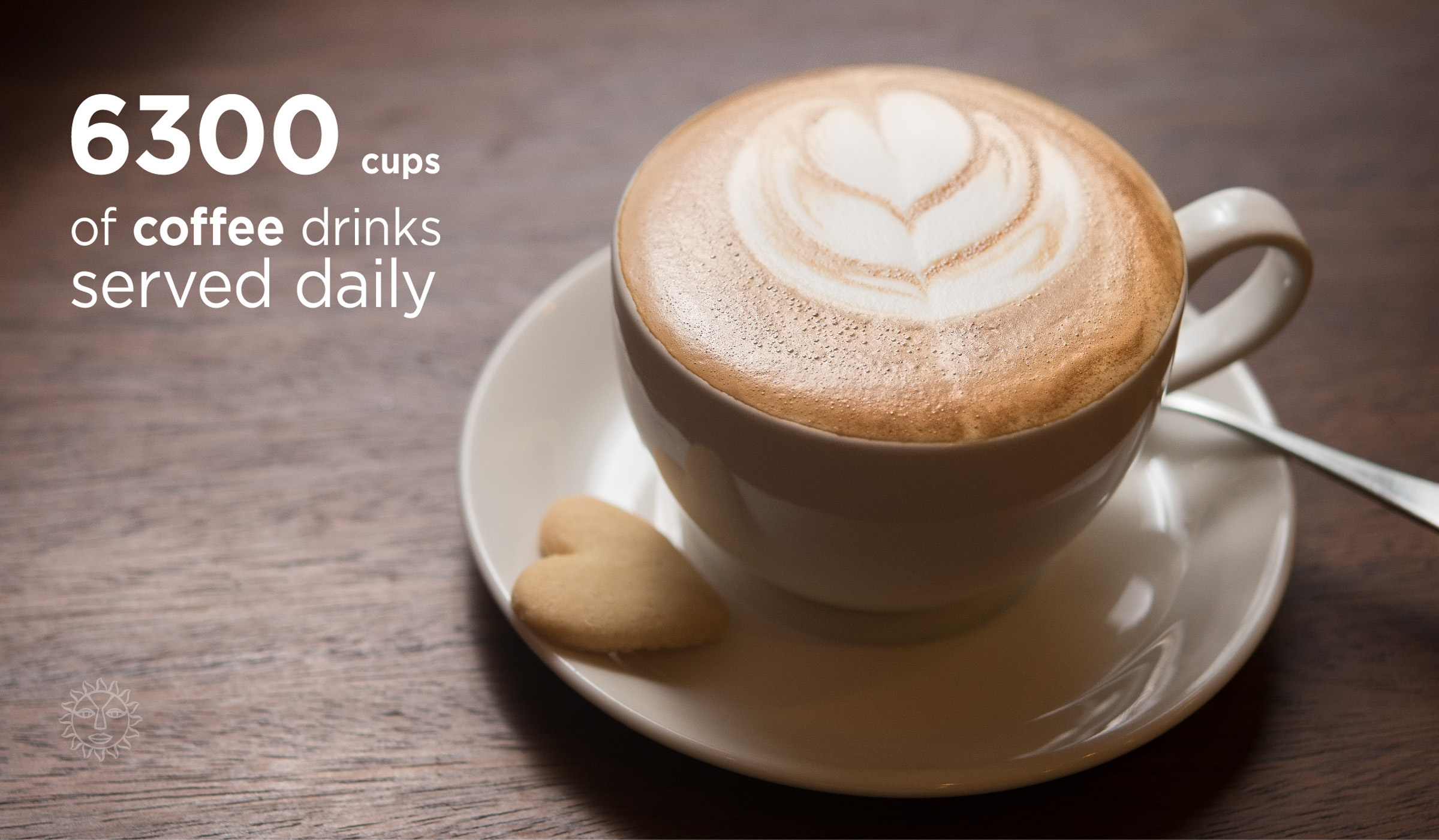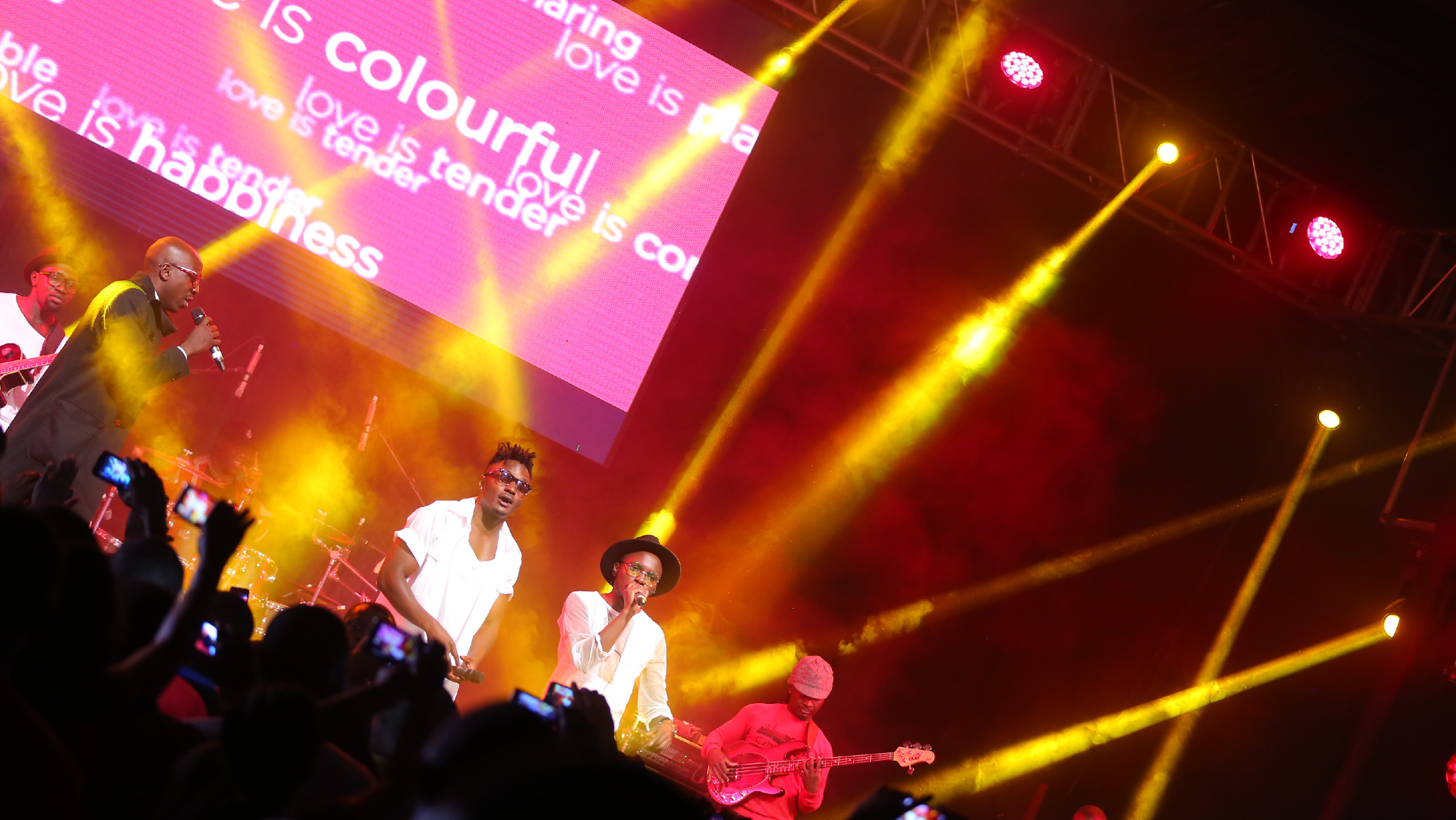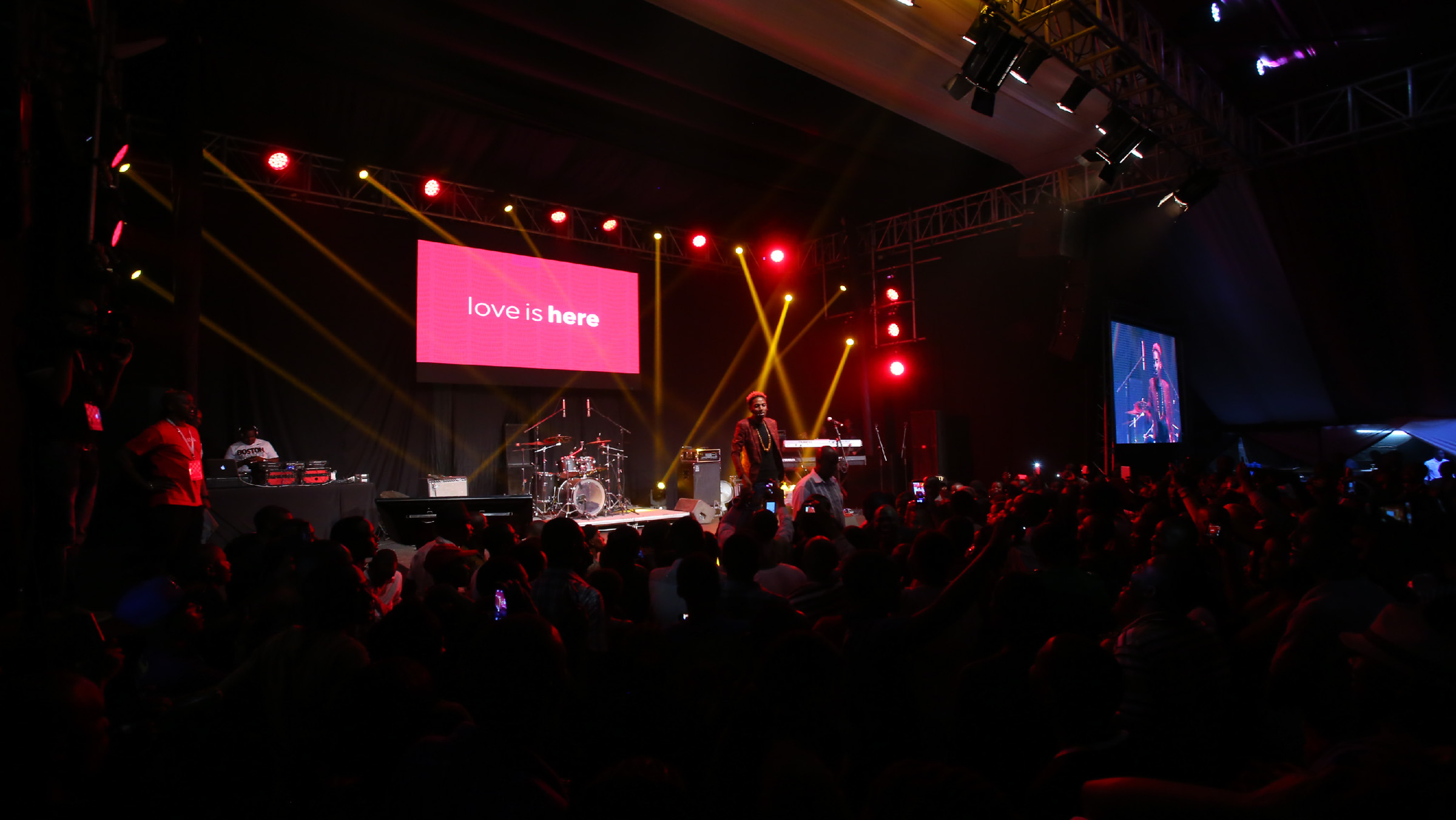CASE STUDY – Java House Group
Scaling Java across Africa.
Working with Java House on a long-term brand strategy and innovation drive to design a valuable customer experience, reposition and relaunch the brand into new markets and develop toolkits to scale the brand across Africa.
It all started with a simple question – “How do we expand without losing our essence?”
Defining the Soul
In 2012, Nairobi Java House commissioned us to help them answer this question. The coffee house that introduced coffee culture to Kenya in 1999 had received investment from the pan-African private equity specialists ECP, and were looking to grow beyond their 13 branches, fast.
The desired outcome was a crystallised method on how to successfully package and replicate Java’s core elements, remaining true to the brand.

Brand Audit
Immersing in the Java experience
Knowing how to successfully move the brand forward necessitated brand introspection.
Our first exercise was therefore the meticulous planning and execution of an exhaustive evaluation concerning the current brand assets and services.
We visited all 13 branches, assessing the grand, minute and in-between details of the brand’s: identity, communications, ambience, service and menu. It was also critical to get a thorough understanding of the brand’s audience; who did it appeal to and why?
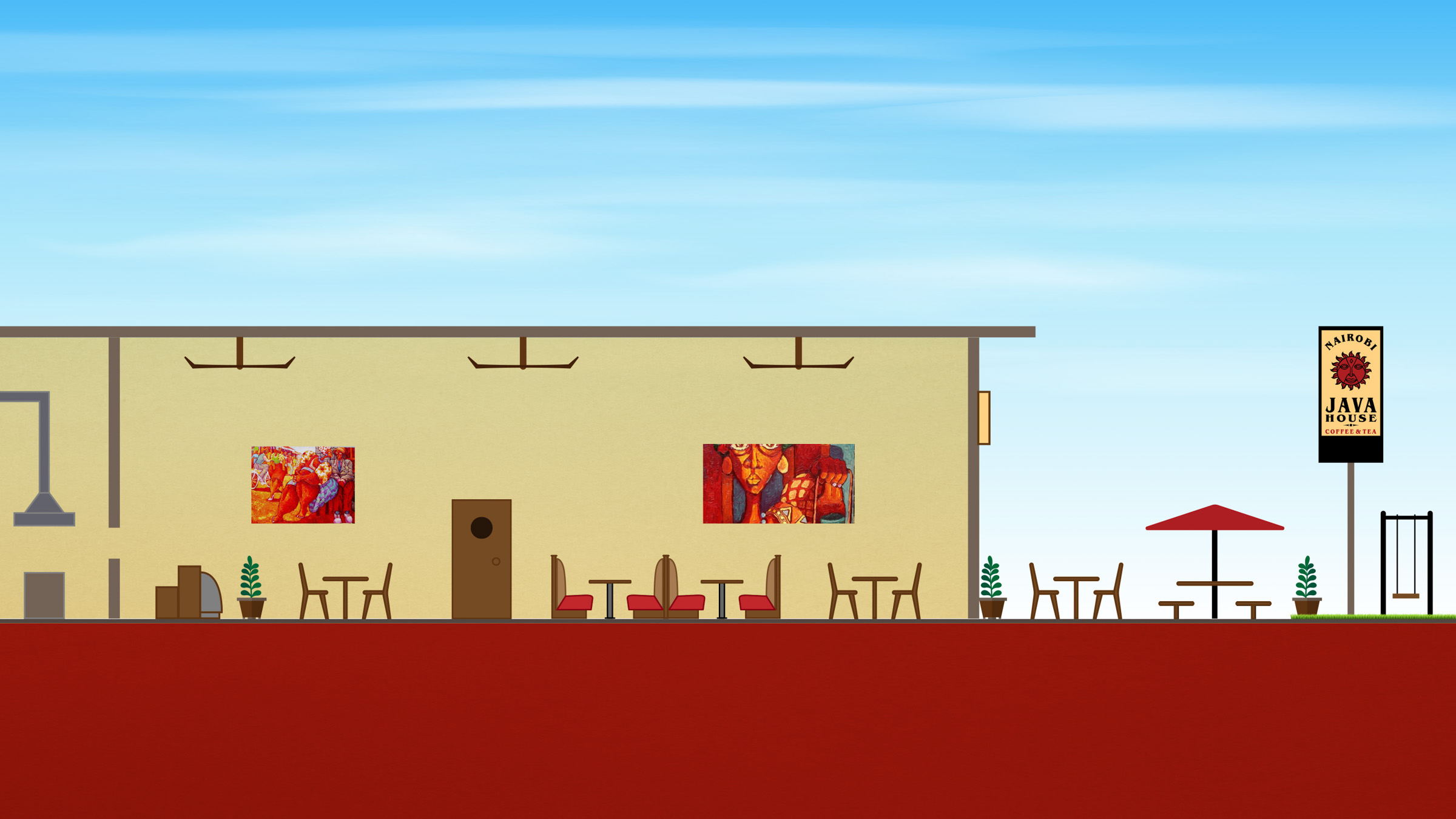
Enhancing the guest experience.
We established key brand truths that Java was one of the first truly inclusive brands in the region. It provides a space where work, leisure and family time are experienced intersect.
This third space experience made guests feel comfortable and gave them additional value that was synonymous to the brand, an essential part of its success and charm. We explored these individual elements to identify opportunities around enhancing them for the guest.

The brand audit concluded with a detailed report entailing the consistencies, inconsistencies and opportunities identified around Java’s brand and its experience.
Brand Strategy
Taking Java into the future
Based on findings and opportunities identified in the brand audit, we put together a brand strategy for Nairobi Java House.
Serving as a guiding compass for the brand, it contained the central unifying idea around which Java was built and to be grown. All behaviours, actions and communications would be guided by the strategy to ensure that they are aligned to the brand’s vision.
Facing the Future
By mid 2013, Nairobi Java House was rapidly expanding into other markets in the region. Behind the scenes the brand had evolved, and was continuing to do so, in many ways. The expansion created urgency in the need to convey this evolution externally. We recommended a brand identity refresh: something welcoming, relevant and future-facing.

The Rebrand
Brand Identity
The existing identity had dutifully differentiated Java since its inception in 1999. Still, it was inevitable that some of its features had become redundant over time.

The Java Sun Pictogram
The sun was iconic to the brand. We were careful to retain this familiarity with subtle tweaks. We enhanced her physical features, making them more African and feminine: to disclose the African spirit of warmth, care and hospitality.


Name and Wordmark
New presence beyond the capital’s borders dictated that Nairobi Java House transitioned to Java House.
The retro typeface symbolised an established brand but wasn’t future-facing. We designed a more modern, cleaner typeface that borrowed from the previous logo’s layout. It enabled a smoother transition to the new look. Essential brand qualities of charm and recognition were successfully retained.
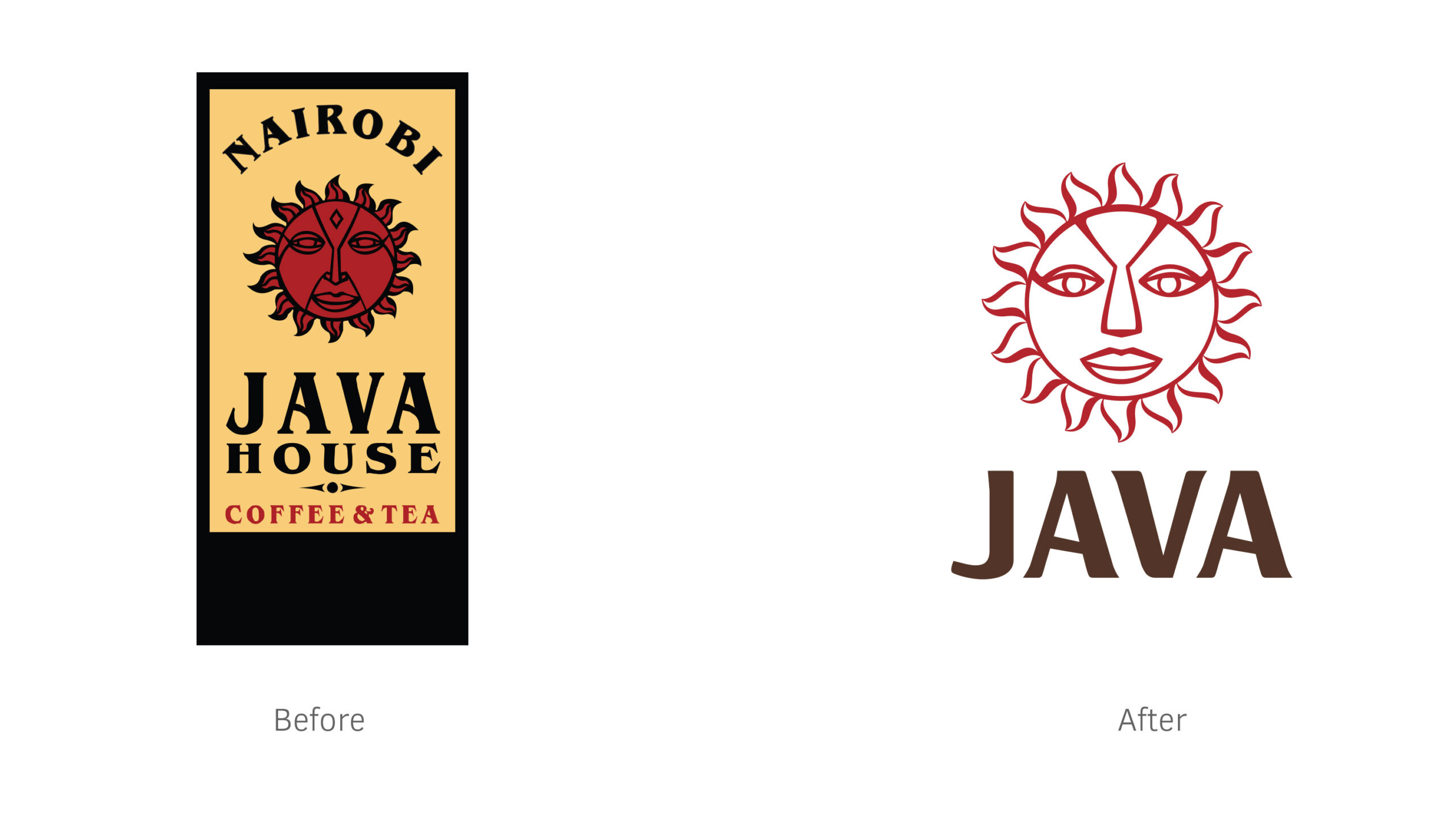

Touchpoints
Extension & Visual Application
The new look and feel was augmented to create a beautiful and functional experience across all customer touch-points.
The Menu
Redesigning the menu involved a thorough study of the existing one to understand what worked, and what could be improved. The resulting new menu improved usability, legibility, content flow and brand alignment.
Digital
The new site was now responsive. Large, hi-res images were used to give the online brand experience a personable and quality feel. We developed brand language to be more conversational.
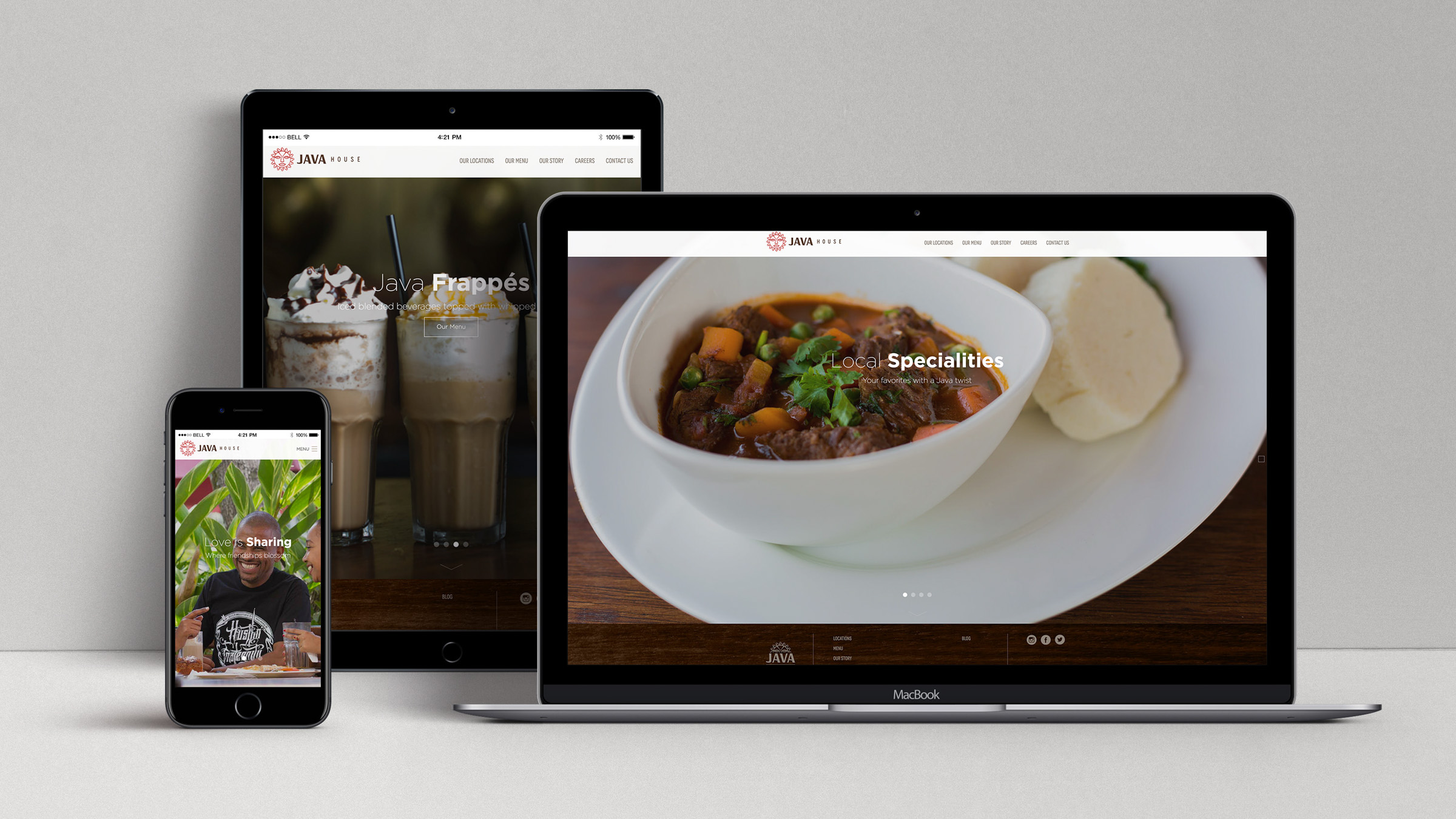
Announcing the Rebrand
Success of the new brand uptake was pegged on an inside-out approach to its launch. On a fine October day in 2015, the tables were turned when Java House staff attended an exclusive launch party as guests. Deservedly so, they were the first people to see the new brand – thereafter enjoying an exclusive, live Sauti Sol concert.
We were keen to tell the love story of Java with its guests, and Kenya as a whole. It was the first time that the brand had advertised. Our approach was to connect with the audience in an authentic and home-grown manner – as per the brand’s values.

Campaign Idea
Our thinking was inspired by the brand’s pride in its African heritage.

The intent behind Java’s rapid expansion is to take the experience that guests love, closer to them. This vision led to the creation of Love is Here.
It signifies the brand’s physical presence as it opens more branches. It also speaks of the brand’s dedication to: great food & service, its guests, staff and other stakeholders.

Advertising Campaign
Love is Here
The Love is Here campaign ran between October and December 2015 across TV, radio, print, outdoor and social media.
TV
Our intent was to create a few moments of calm within the typically loud and high-tempo ad sequence.

Radio
We took the opportunity to say a sincere “thank you” to loyal guests who supported Java over the years.
Outdoor
We made a big display of it across town.

Social Media
Using Facebook, Twitter and Instagram, guests were given the opportunity to engage with the brand and campaign.

Staff Launch & Onboarding
The amazing team behind the Java brand needed to ‘feel the love’ before they could ‘spread the love’. Hence, the campaign kicked off with an internal love affair – headlined by Sauti Sol and hosted by Eric Omondi.
In-house Experience
An appetite for love was whetted when it came to products and service too. We recommended that the traditionally circular biscotti be heart shaped, to keep the theme going. Until today, this has become a staple java icon.


Java Wave
Love is also about surprises. Java Wave was a concurrent campaign where specific branch-led promotions would be announced on the day of, offering guests various tasty deals.
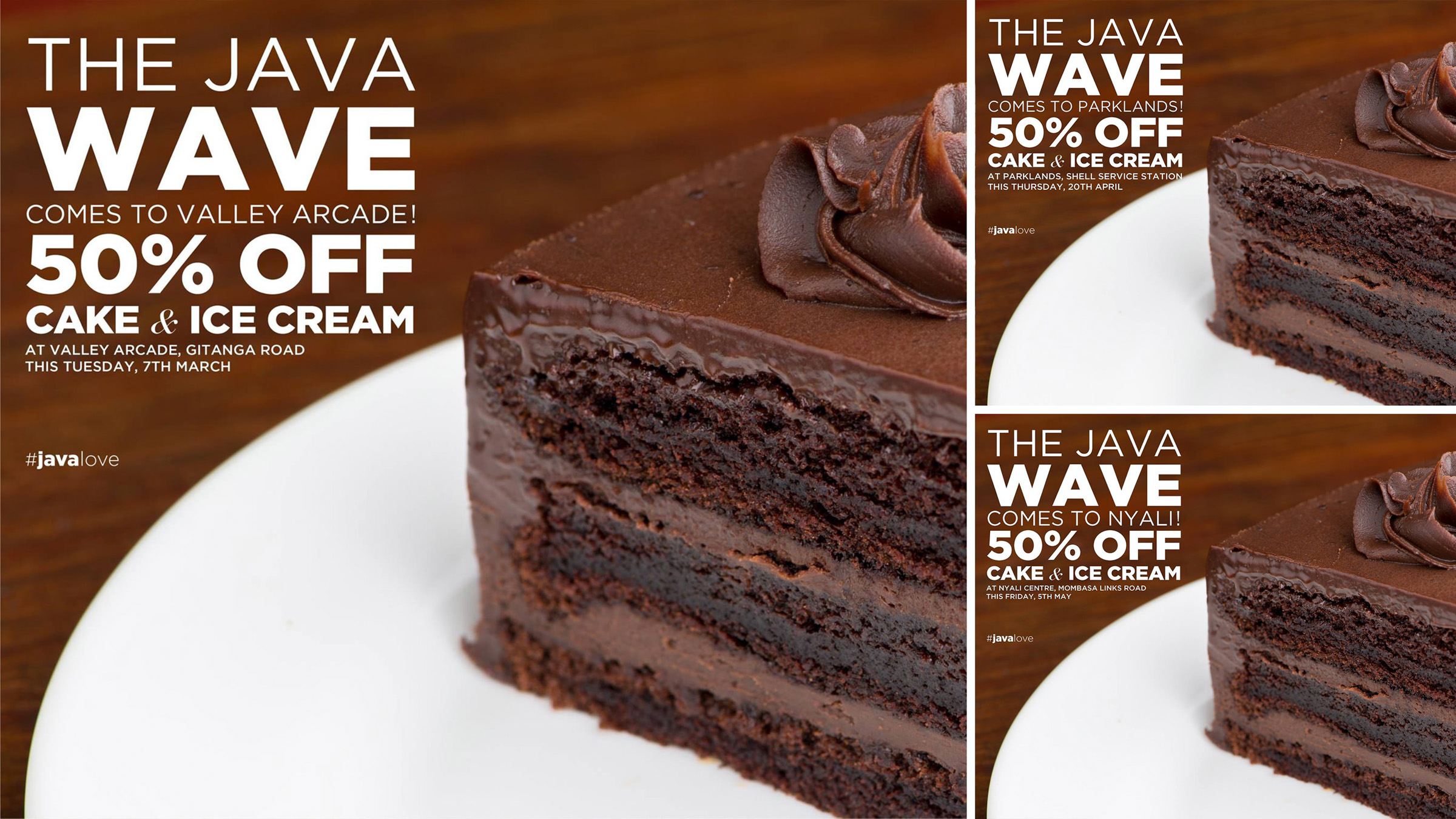
Service Design
Enhancing the Dining Experience
Customer experience is the key driver of any brand. In 2016, we conducted an innovation workshop with Java House team members to explore ways to improve the customer experience and service delivery.
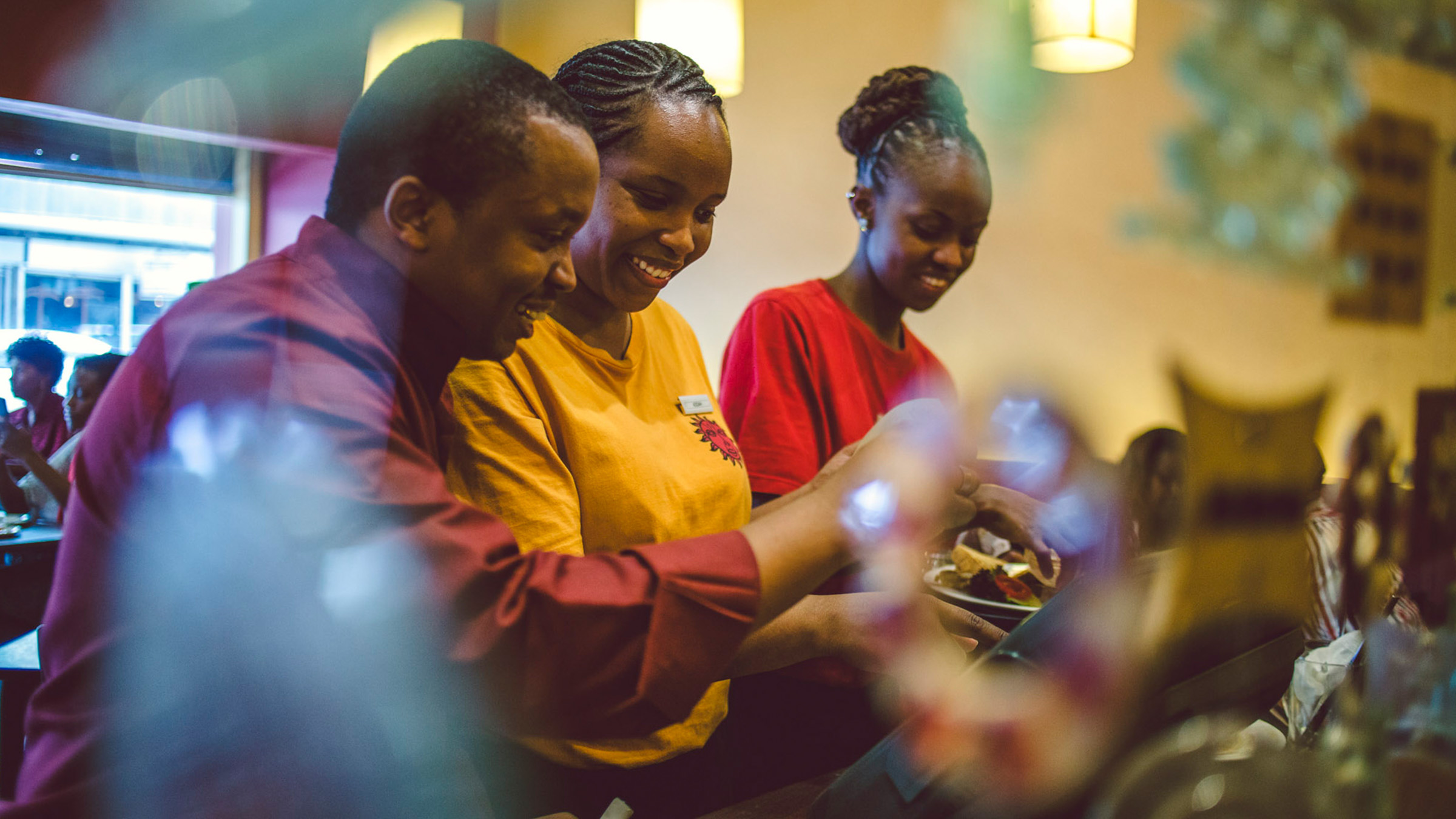
We visually thought through all attributes of the dining experience, to identify areas for optimisation. Increase in efficiency and value delivery would enhance guests’ dining experiences, making them more pleasant and memorable.
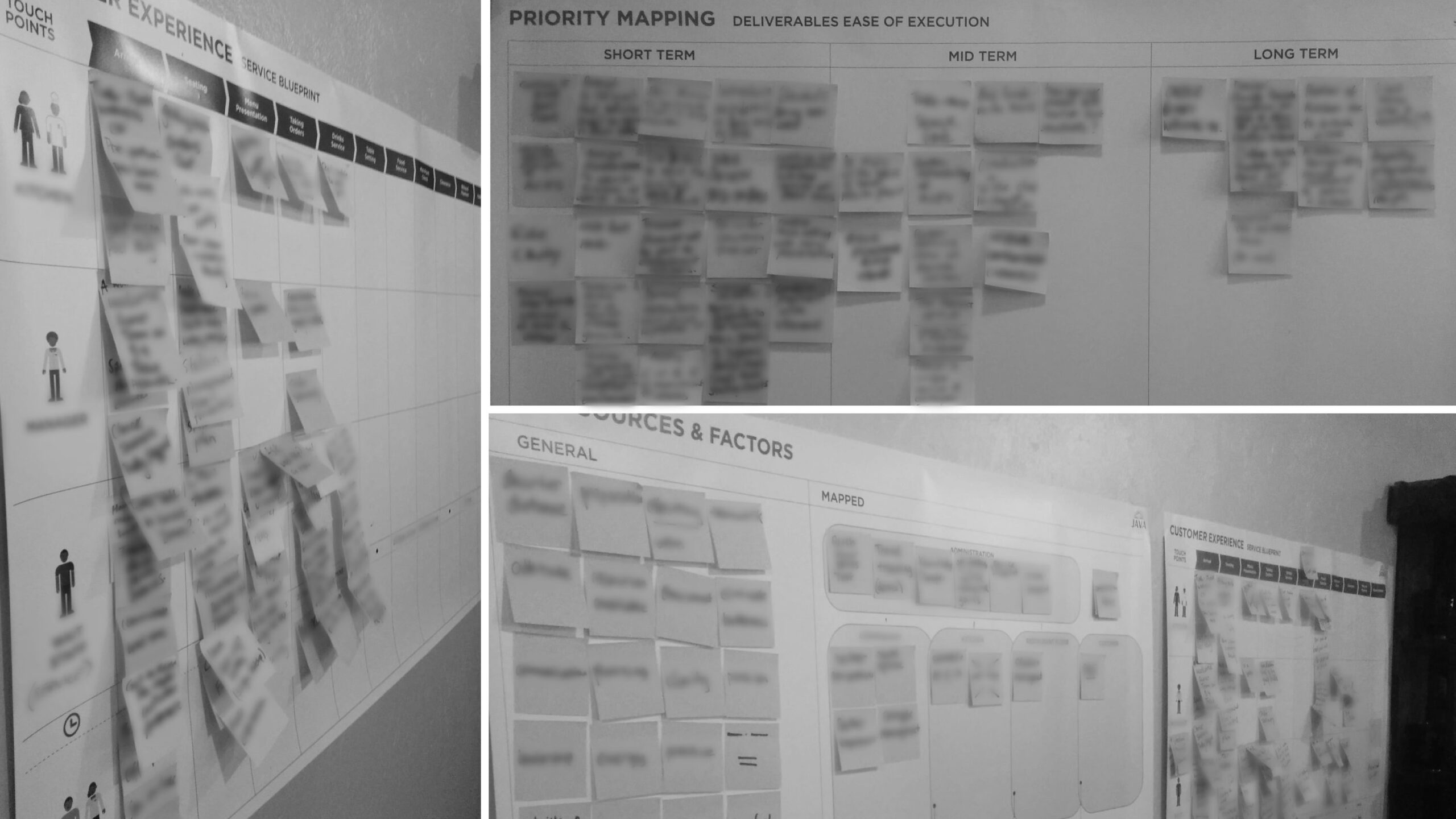
Customer Journey Mapping
We conducted an interactive service design workshop. We employed visual aids to map out the dining context, flows, customer needs and expectations.
The format of the workshop followed looked at these key areas:
- current-state mapping
- value-mapping and optimisations
- future-state mapping
- feasibility testing.

Impact
Building Brand Equity
As a result of these strategy led and innovation interventions, Java recorded unprecedented growth in turnover, international branch rollout, and most importantly – customer retention.
Key ROI areas:
- Improved internal understanding and cross-functional alignment on brand ethos, values and customer-centricity.
- An agile brand strategy paved the way for unrestricted and accelerated growth (3x new branches within 4 years).
- 7% increase in revenue attributed to 2015 rebrand launch campaign.
- Improved speed of service and customer satisfaction scores.
- Brand toolkits and key brand touchpoint standards to enable and support scaling across Africa.
- Service design blueprint to enable continued consistency in customer journeys.

